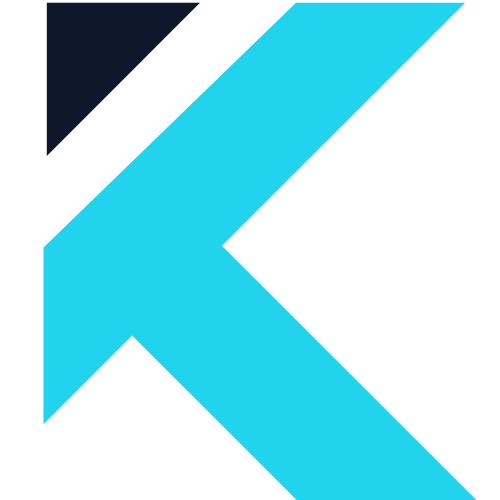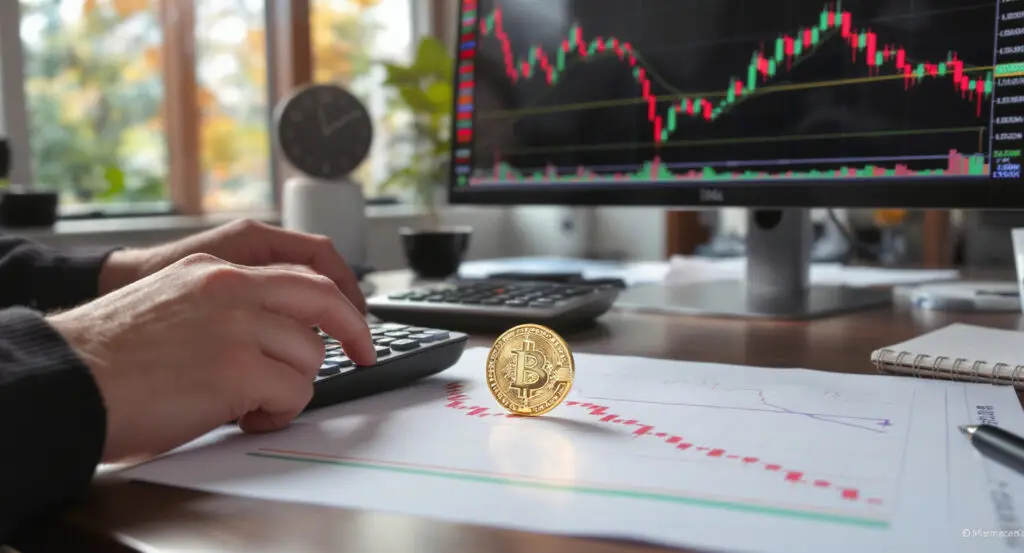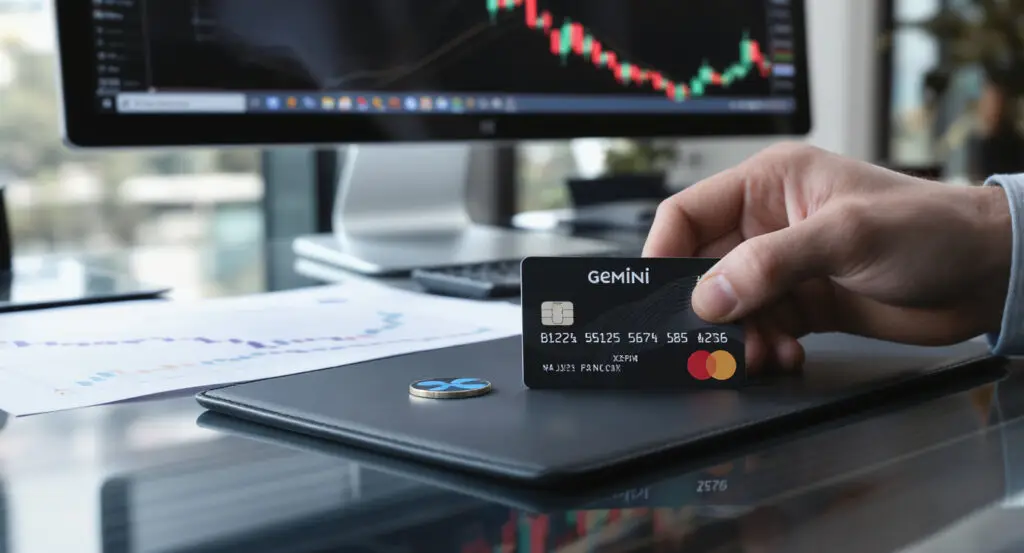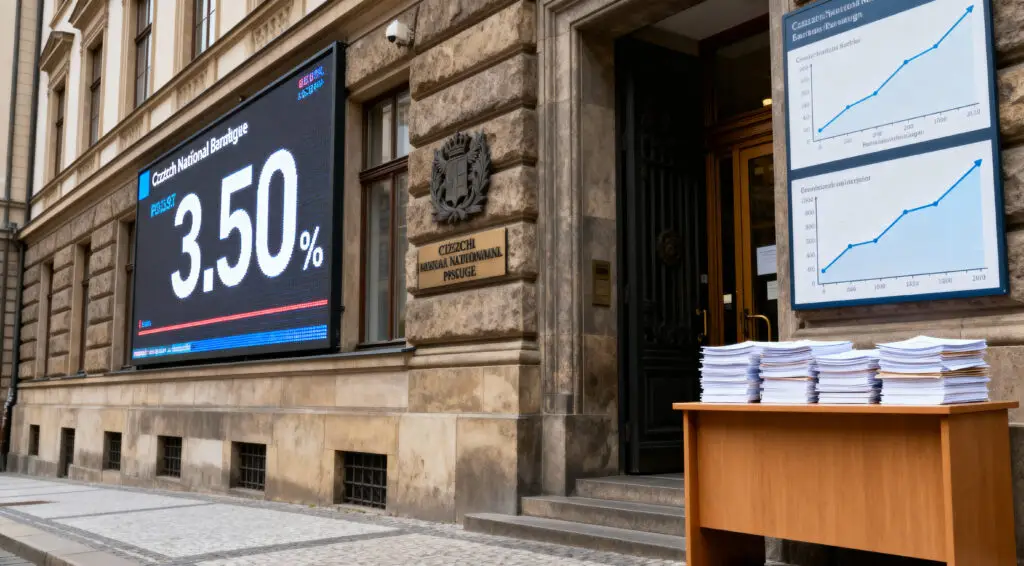Solana Strengthens its DeFi Dominance
Solana (SOL) continues to build momentum as it challenges Ethereum’s long-standing dominance in the decentralized finance (DeFi) sector. For the tenth consecutive month, Solana’s decentralized exchange (DEX) trading volume has surpassed Ethereum’s. In July 2025 alone, trading activity on Solana-based DEX platforms hit a remarkable $124 billion, proving that its fast, low-cost network has become the go-to destination for active crypto traders.
SolMining Brings Mining Utility to SOL
Adding another layer to Solana’s expanding ecosystem, SolMining has officially launched its new SOL Contract, giving SOL holders the ability to “mine” up to 50 SOL per day. Unlike traditional mining models, this contract is designed to simulate mining rewards without requiring expensive hardware setups or energy-intensive equipment. Instead, it opens the door for Solana investors to generate additional passive income while simply holding and staking their assets.
From Hardware Mining to Contract-based Rewards
Mining has traditionally been associated with Bitcoin, Litecoin, or Dogecoin — tokens that rely on proof-of-work consensus. These require specialized hardware, such as ASIC rigs or GPUs, consuming vast amounts of electricity in the process. Solana, however, uses a proof-of-stake mechanism, making hardware-based mining impossible. SolMining bridges this gap by introducing a contract-based system that mimics mining-like rewards for SOL holders.
How the SOL Contract Works
Through the SolMining platform, users can commit their SOL to specific contracts. Depending on the size and duration of the contract, they can earn rewards that scale up to 50 SOL per day. This model is designed to incentivize long-term participation while keeping Solana liquid within the network. Essentially, it combines elements of staking with structured mining-style payouts, providing users with predictable earning opportunities.
Benefits for Solana Investors
The launch of the SOL Contract provides several advantages for existing SOL holders:
- Passive income potential: Investors can now earn daily returns without relying solely on price appreciation.
- No hardware costs: Unlike proof-of-work mining, no rigs or additional infrastructure are needed.
- Network participation: Contracts help secure the Solana ecosystem by increasing token lock-ups and reducing selling pressure.
- Accessibility: Anyone holding SOL can participate, regardless of technical background or mining expertise.
Implications for DeFi and Staking
By offering contract-based mining rewards, SolMining has blurred the line between traditional staking and mining. For Solana’s DeFi ecosystem, this could accelerate liquidity inflows and boost participation across DEXs and lending platforms. With more tokens being held in contracts, the circulating supply available on exchanges may tighten, potentially supporting upward price movement if demand continues to rise.
Solana vs. Ethereum: The Competition Heats Up
Ethereum remains the most widely adopted blockchain for smart contracts, but Solana’s efficiency and scalability are gaining ground. The combination of faster transactions, lower fees, and now unique earning opportunities through SolMining could tip the scales further in Solana’s favor. As DeFi users seek alternatives to Ethereum’s higher transaction costs, Solana is positioning itself as both a trading hub and a passive income generator.
What’s Next for SolMining and SOL Holders
The long-term impact of the SOL Contract will depend on adoption rates and how effectively it integrates into Solana’s broader ecosystem. If participation grows, SolMining could become a cornerstone utility for SOL holders, boosting user retention and overall network stability. With more creative yield-generation models being introduced, Solana continues to evolve from a trading-focused blockchain into a multi-layered financial ecosystem.
Read more: Ethereum and Solana DeFi Future: Decentralisation Versus Speed























